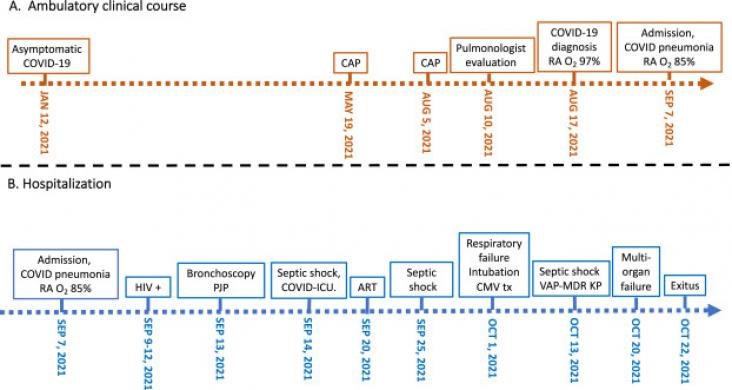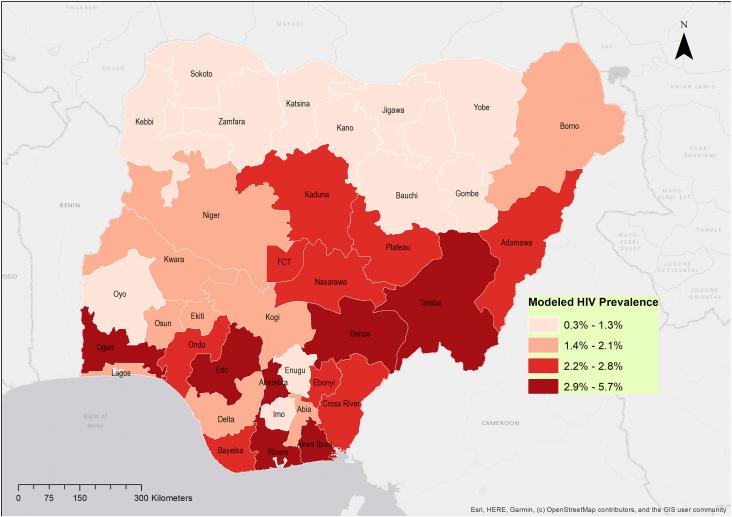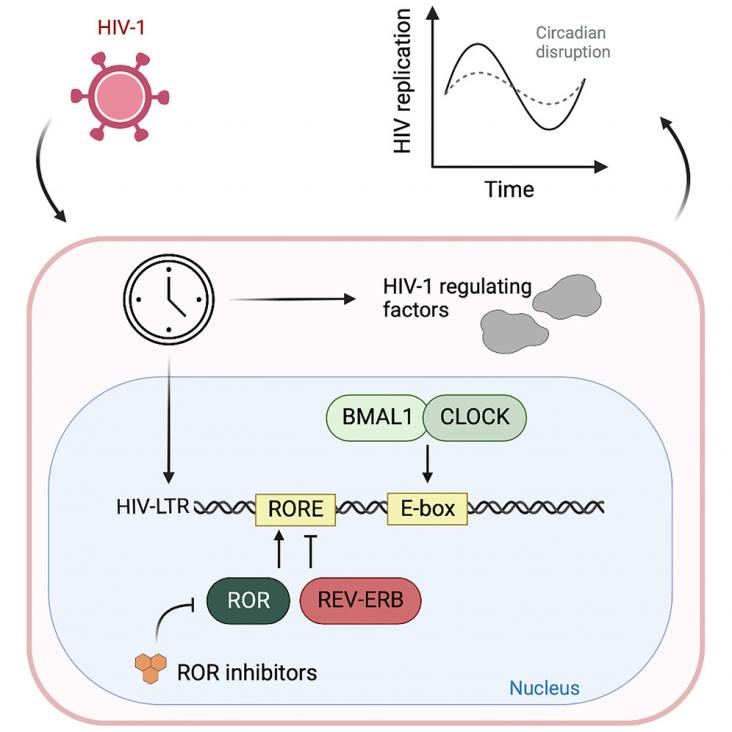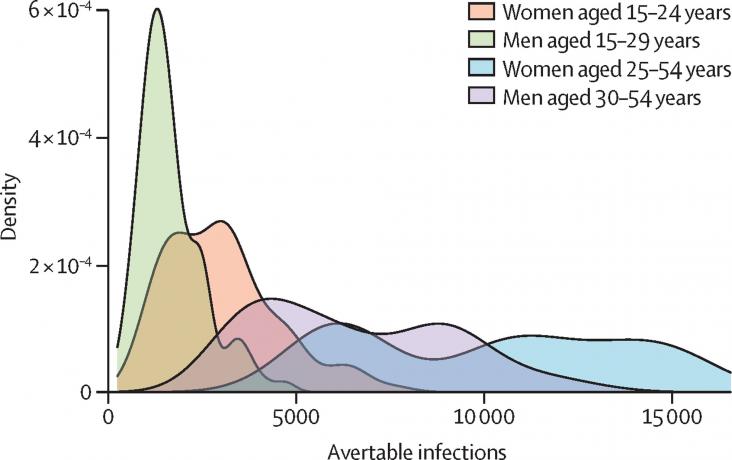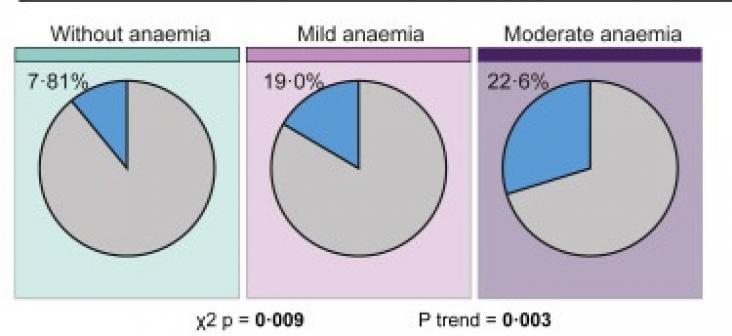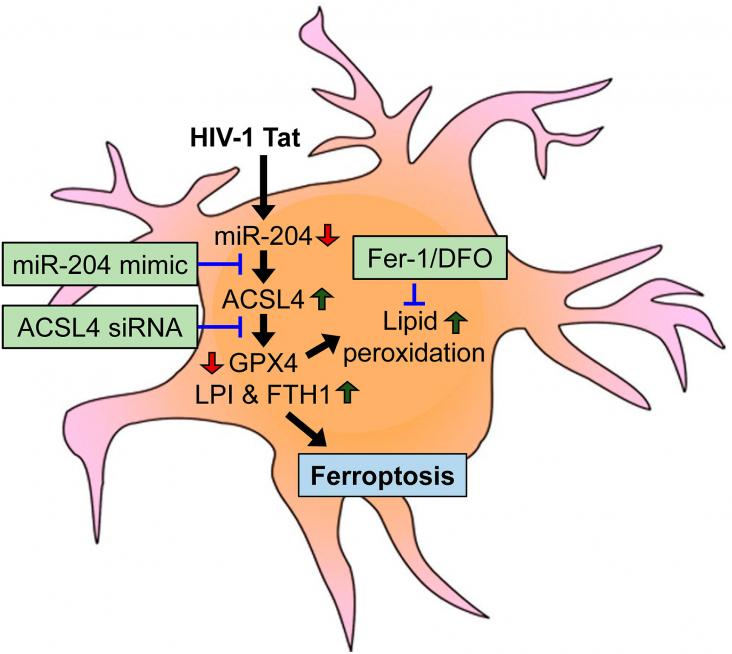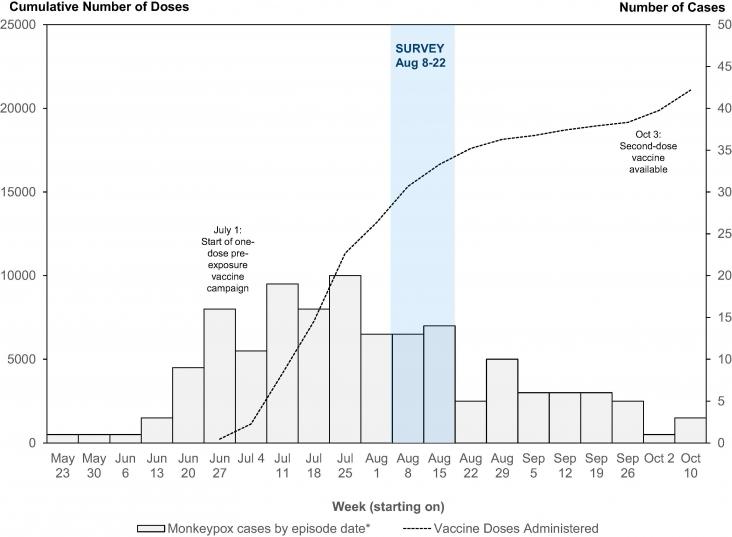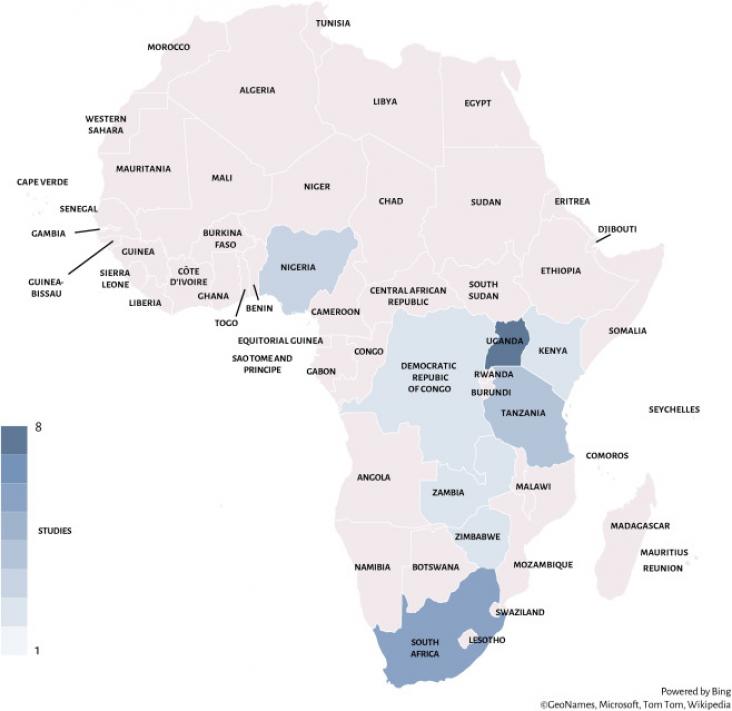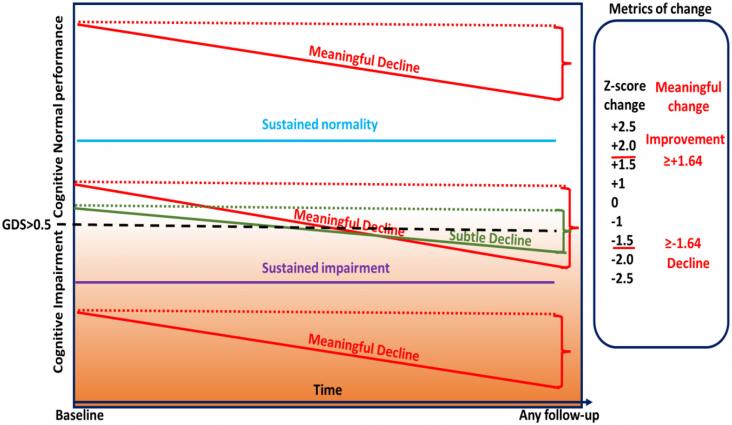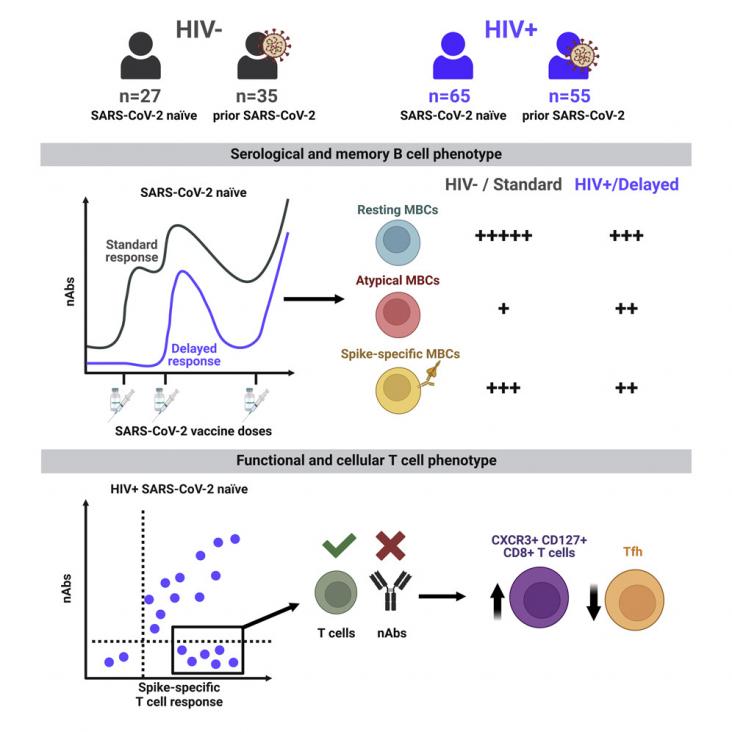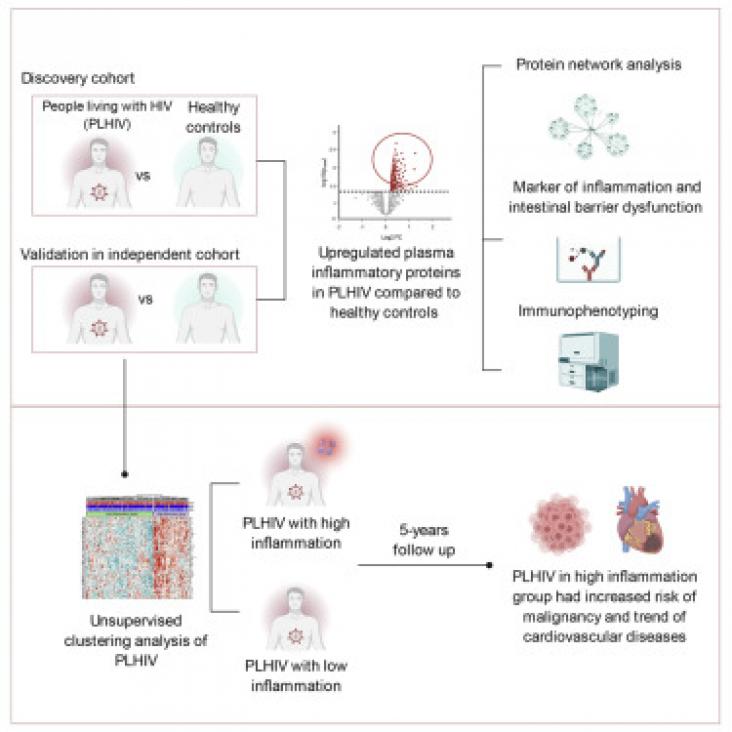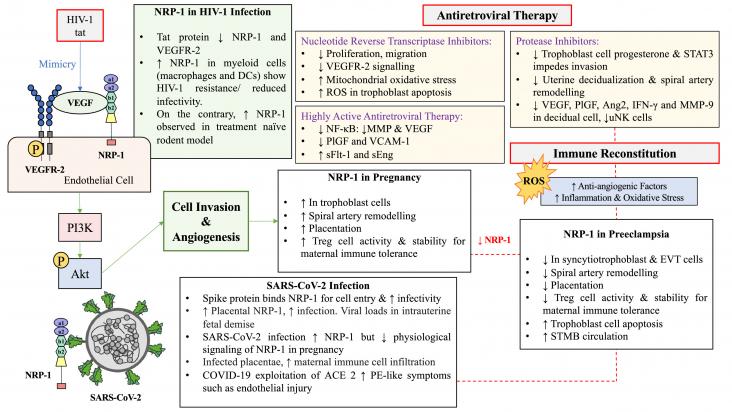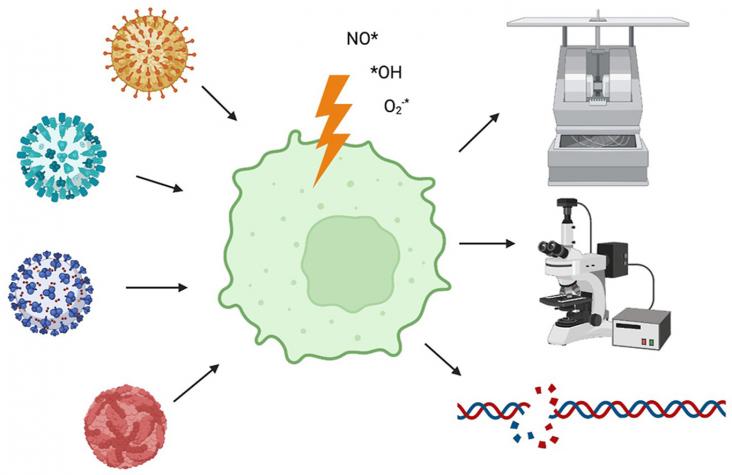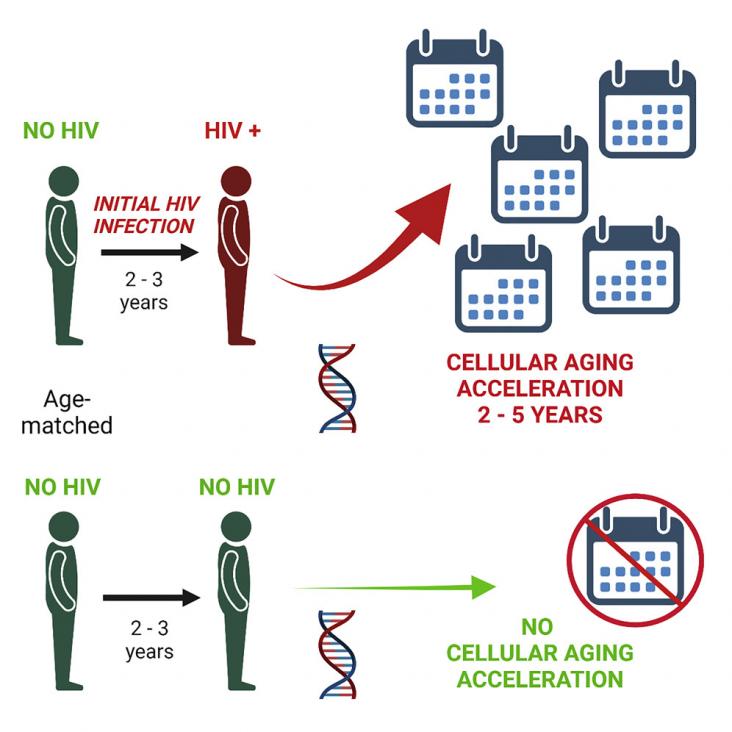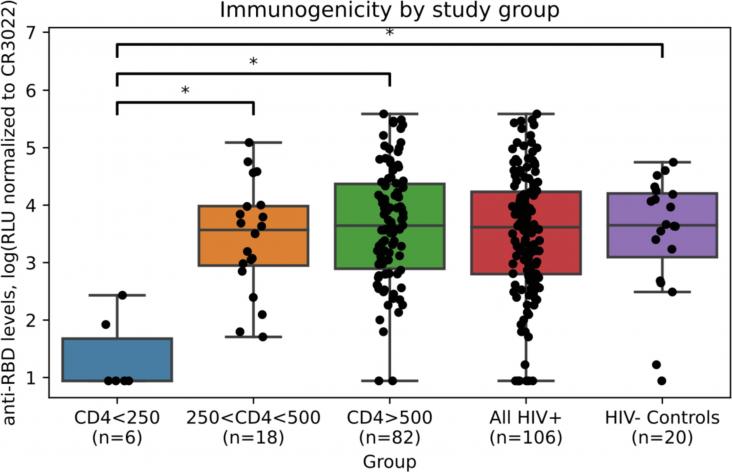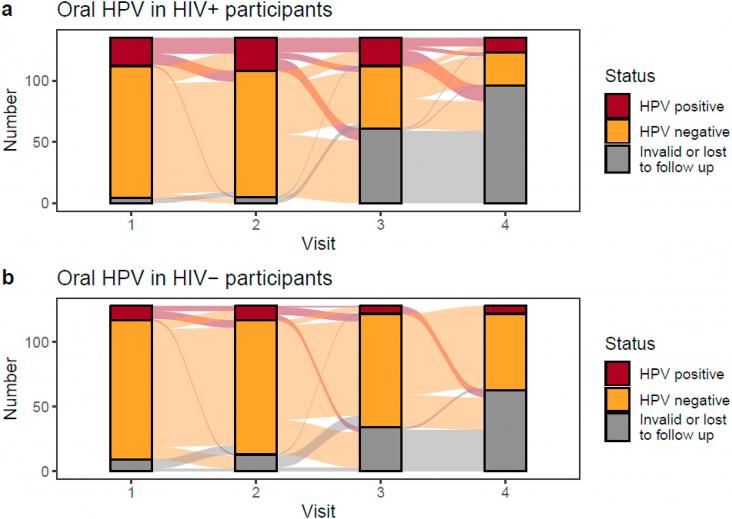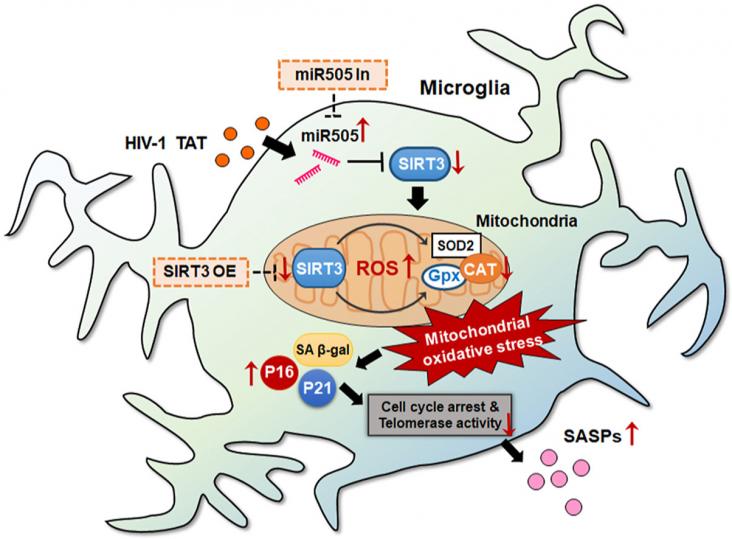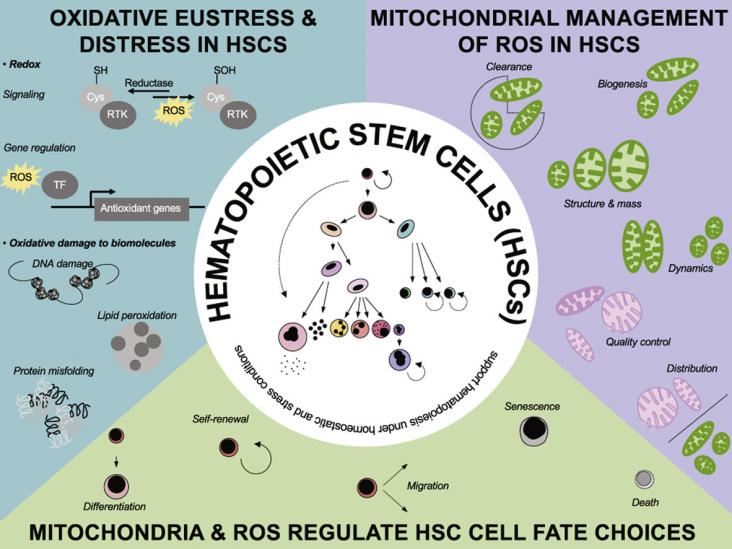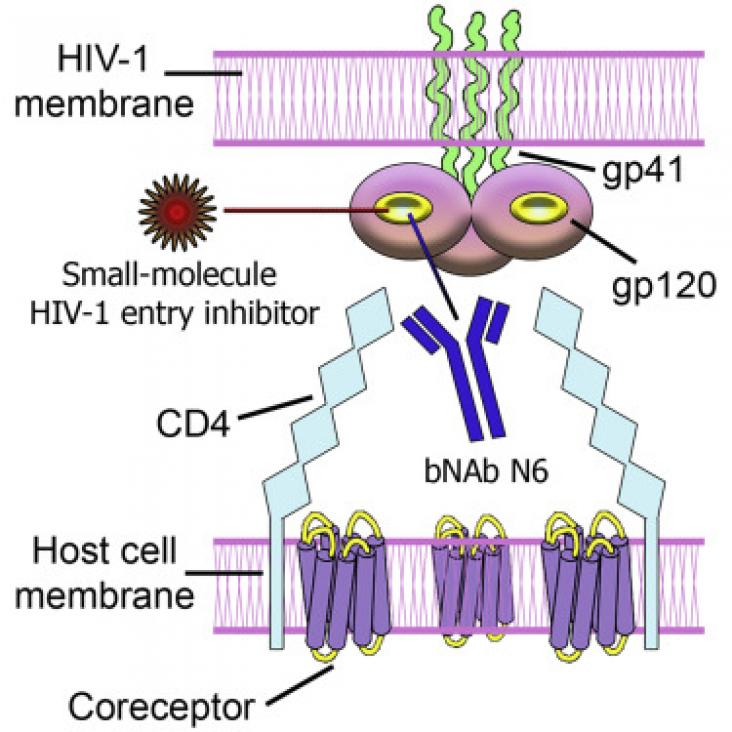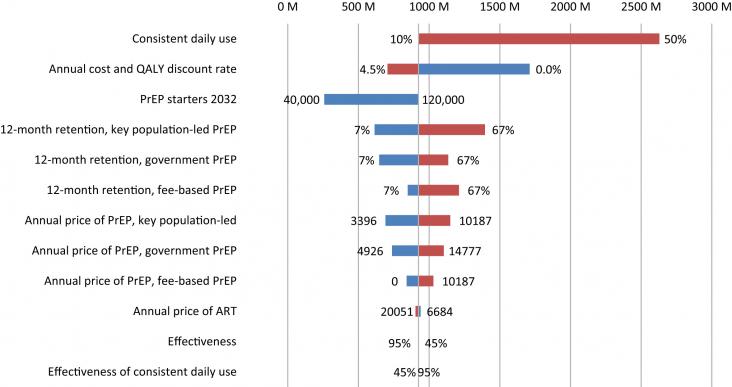eClinicalMedicine, Volume 65, November 2023
eClinicalMedicine, Volume 63, September 2023
eClinicalMedicine, Volume 62, August 2023
The Lancet Global Health, Volume 11, July 2023
The Lancet Global Health, Volume 11, July 2023
eClinicalMedicine, Volume 60, June 2023
Vaccine, Volume 41, 6 April 2023
eClinicalMedicine, Volume 58, April 2023
eClinicalMedicine, Volume 57, March 2023
eClinicalMedicine, Volume 57, March 2023
eClinicalMedicine, Volume 56, February 2023
Journal of Virological Methods, Volume 312, February 2023
Vaccine: X, Volume 12, December 2022
Antiviral Research, Volume 208, December 2022
Virus Research, Volume 319, 2 October 2022
SLAS Discovery, Volume 27, June 2022
Antiviral Research, Volume 202, June 2022
Tumour Virus Research, Volume 13, June 2022
Virus Research, Volume 311, 2 April 2022
Virology, Volume 568, March 2022
Journal of Virus Eradication, Volume 8, March 2022
Virology, Volume 566, January 2022
Heliyon, Volume 7, August 2021
In sub-Saharan Africa, HIV/AIDS remains a big challenge and a leading cause of death among young adults, its main productive human resource. Hence, increasing the demand for care and support services by the epidemic infected and affected people. As a result, elderly persons, especially women are burdened to provide care and support; a midst disintegrated family support system and the inability of public and private sectors to adequately address their needs.
SLAS Discovery, Volume 26, June 2021
Redox Biology, Volume 40, April 2021
Free Radical Biology and Medicine, Volume 165, March 2021
The Lancet HIV, Volume 10, October 2023
The Lancet Global Health, Volume 11, September 2023
The Lancet HIV, Volume 10, August 2023
The Lancet HIV, Volume 10, August 2023
The Lancet Global Health, Volume 11, August 2023
The Lancet Global Health, Volume 11, August 2023
The Lancet Regional Health - Europe, Volume 31, August 2023
Cell Chemical Biology, Volume 30, 18 May 2023
The Lancet Healthy Longevity, Volume 4, May 2023
The Lancet Regional Health - Europe, Volume 28, May 2023
The Lancet Global Health, Volume 11, May 2023
The Lancet HIV, Volume 10, May 2023
Trends in Immunology, Volume 44, April 2023
The Lancet Microbe, Volume 4, February 2023
Trends in Immunology, Volume 44, January 2023
eClinicalMedicine, Volume 54, December 2022
The Lancet HIV, Volume 9, December 2022
The Lancet Global Health, Volume 10, December 2022
eClinicalMedicine, Volume 53, November 2022
The Lancet Child and Adolescent Health, Volume 6, October 2022
The Lancet HIV, Volume 9, July 2022
Cell Chemical Biology, Volume 29, 19 May 2022
Health Information Exchange (Second Edition)
Navigating and Managing a Network of Health Information Systems
2023, Pages 603-619
Principles and Practice of Pediatric Infectious Diseases (Sixth Edition)
2023, Pages 686-693.e3
Overcoming Obstacles in Drug Discovery and Development
Surmounting the Insurmountable—Case Studies for Critical Thinking
2023, Pages 215-222
The Lancet Regional Health - Southeast Asia, Volume 15, August 2023
The Lancet Child and Adolescent Health, Volume 7, October 2023
Clinical Immunology (Sixth Edition)
Principles and Practice
2023, Pages 361-374
Features and Assessments of Pain, Anaesthesia, and Analgesia
2022, Pages 285-290
Allergic and Immunologic Diseases
A Practical Guide to the Evaluation, Diagnosis and Management of Allergic and Immunologic Diseases
2022, Pages 845-862
Allergic and Immunologic Diseases
A Practical Guide to the Evaluation, Diagnosis and Management of Allergic and Immunologic Diseases
2022, Pages 1585-1610
Long-Acting Drug Delivery Systems
Pharmaceutical, Clinical, and Regulatory Aspects
Woodhead Publishing Series in Biomaterials
2022, Pages 163-202
Manson's Tropical Diseases (Twentyfourth Edition)
2024, Pages 101-109
Privileged Scaffolds in Drug Discovery
2023, Pages 377-390
Advances in Immunology
Volume 157, 2023, Pages 59-100
Viral Infections and Antiviral Therapies
2023, Pages 339-376
Neurobiology of Brain Disorders (Second Edition)
Biological Basis of Neurological and Psychiatric Disorders
2023, Pages 501-524
The South African Herbal Pharmacopoeia
Monographs of Medicinal and Aromatic Plants
2023, Pages 321-344
Global Perspectives on the Transmission of Zoonotic RNA Viruses from Wild Animal Species to Humans
Zoonotic, Epizootic, and Anthropogenic Viral Pathogens
2023, Pages 65-79
Metalloenzymes
From Bench to Bedside
2024, Pages 23-34
Viral, Parasitic, Bacterial, and Fungal Infections: Antimicrobial, Host Defense, and Therapeutic Strategies, 2023, Pages 757-770
